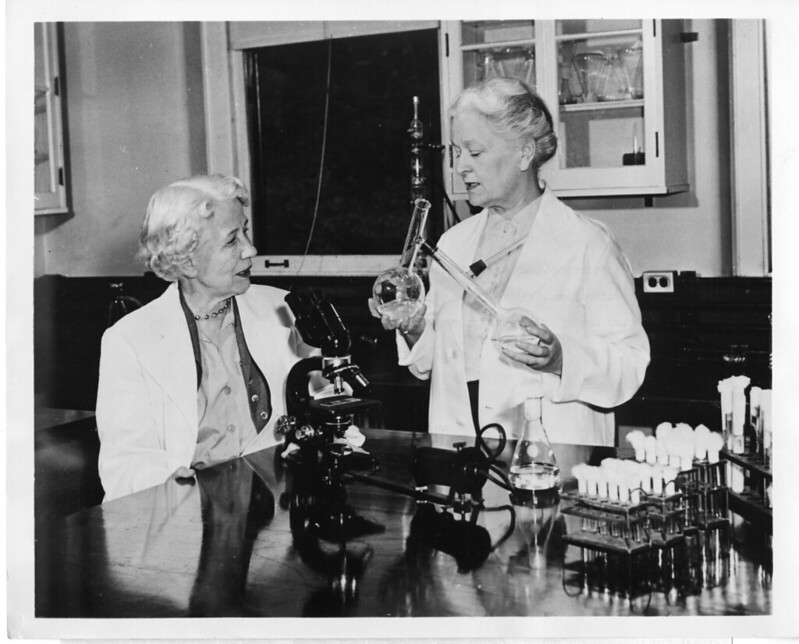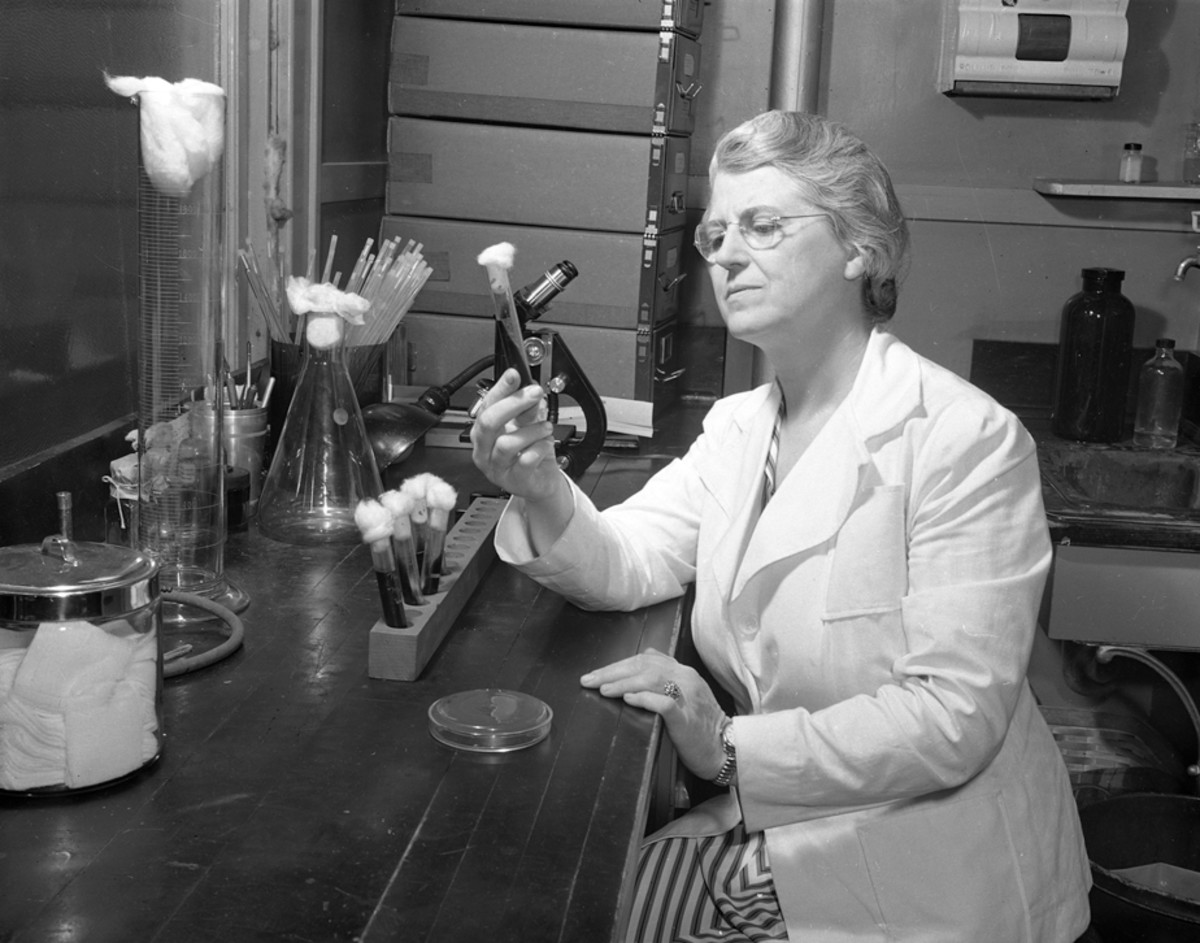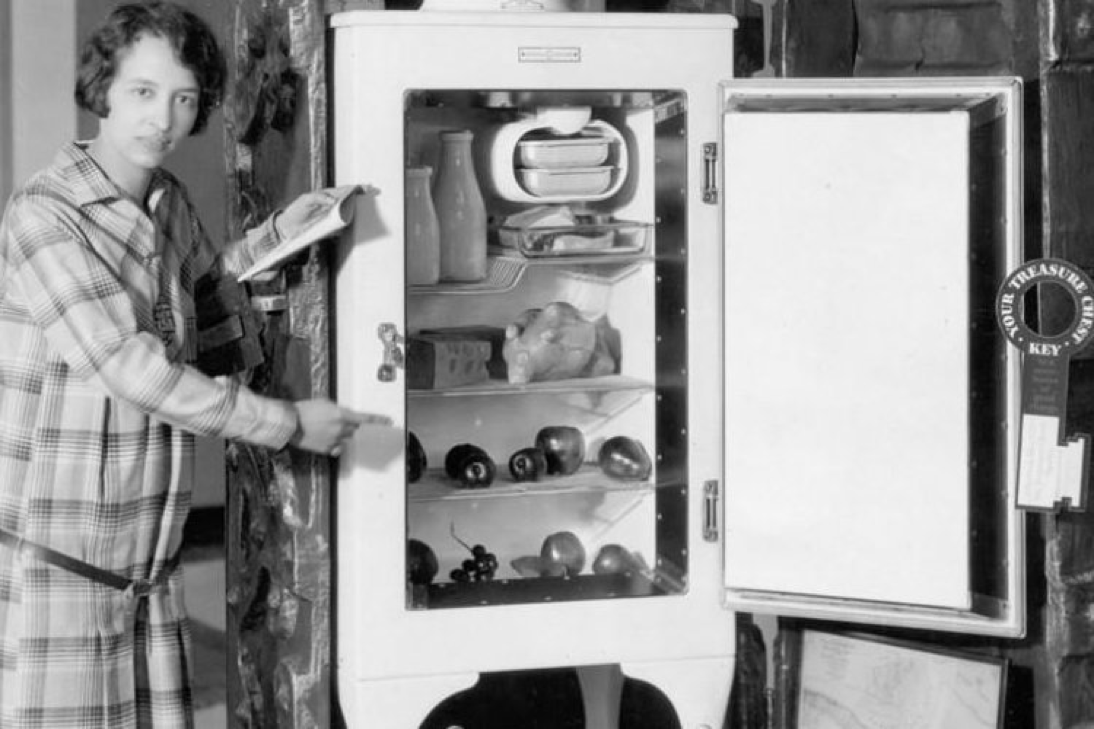Scientific invention and discovery are often perceptually associated with men without any attempt at finding out the actual person behind an invention or discovery. As a matter of fact, when a new scientific discovery is attributed to a woman, it usually raises signs of astonishment! However, many women have made significant scientific discoveries that have contributed to changing the course of science and clarified issues that science had failed to solve until they were resolved by these women.
This is because some of these women scientists were not given credit and their discoveries were attributed to men, often due to social obstacles; such as, customs and traditions prohibiting women from learning or giving their name to any scientific discovery and accrediting them to their husbands or fathers. Nevertheless, despite all this, women did not surrender, making the most outstanding scientific discoveries and achievements that have changed the life of humankind.
1) Communication Flares
Long before the discovery of wireless communication, seamen faced many difficulties in communicating with other ships at night, in addition to the weak visibility of flags and lanterns that produced little light. While going through the papers of her late husband who died in 1848, Martha Coston coincidentally found a sketch of a flare; it inspired her to design a "pyrotechnic night signal and code system" to be used by ships in communicating at night.
.jpg)
Martha J. Coston (1826-1904). Wikipedia.
Even though she had not received any formal education, she worked on that invention for nearly ten years. One day, she was inspired to incorporate fireworks within her main idea of developing a night signaling system, and ended up designing flares in red, white, or blue, to attract the eye and capture the attention. She was successful and soon the army bought her invention to use it in creating colorful signals to communicate with each other at night.
2) Anti-fungal Drugs
Anti-fungal drugs are among the most widely used drugs in our daily lives; they have saved the lives of millions around the world. These drugs came to be thanks to two women, Elizabeth Lee Hazen and Rachel Fuller Brown, who collaborated across a distance of 150 miles between the New York and Albany.
 Elizabeth Lee Hazen (1888-1975) and Rachel Brown (1898-1980). Flickr.
Elizabeth Lee Hazen (1888-1975) and Rachel Brown (1898-1980). Flickr.
Although penicillin was discovered in 1941, the development of anti-fungal drugs was very slow. Hazen and Brown came up with the first anti-fungal drug, named Nystatin, which originated from the Streptomyces Noursei germ. Nystatin was named in honor of the state of New York; the two letters NY are the initials of the state and the city, while Statin is the functional group.
Nystatin chemically affects the main component of the cytoplasmic membrane of fungal cells, known as the ergosterol. It causes holes in the membrane, resulting in weakening it in resisting external factors; eventually leading to the inhibition of cell growth and death. Nystatin is also known to have a strong effect on many fungi, yeast, and candidiasis; it is considered safe to treat oral and intestinal infections.
3) Whooping Cough Vaccine
Pertussis, or whooping cough, is one of the most common respiratory bacterial infections in children, especially infants less than one year old. It can be fatal; as a matter of fact, it killed more than 6000 children a year in the 1930s in the United States alone.

Dr. Pearl Kendrick (1890–1980). History.com.
.jpg) Pearl Kendrick and Grace Eldering. michiganradio.org
Pearl Kendrick and Grace Eldering. michiganradio.org
Two American bacteriologists, Pearl Kendrick and Grace Eldering, worked together on developing a vaccine for pertussis. They also worked on reinforcing international vaccine standards by visiting sick children and taking samples from them day and night within the low budget allocated for scientific research until the First Lady of the United States, Eleanor Roosvelt, adopted the research financially; thus, allowing it to materialize and save the lives of millions of children around the world.
4) The Modern Electric Refrigerator
Although we all use the modern electric refrigerator all the time, only a few of us know who invented it, converting useless old containers into refrigerators that we cannot dispense with.
 Florence Parpart (1873-1930). magazine.womenssuite.com
Florence Parpart (1873-1930). magazine.womenssuite.com
American scientist, Florence Parpart, invented the modern electric refrigerator in 1914. Her husband helped her design the intricate electrical circuits with high accuracy. Not only that, Parpart was already an experienced entrepreneur; she was very successful in marketing and selling refrigerators, developing advertising campaigns and managing production. We can say that Parpart was a pioneer woman entrepreneur and talented inventor.
Last but not least, if women compose half of the society, they are also half of science; thanks to them, some discoveries have changed the course of humanity and put us on the path of progress to modern technology.
References
aplus.com
wonderslist.com
biography.com
The article was first published in print in SCIplanet, Spring 2019 issue.
Cover image by upklyak on Freepik.